
Sanjeev Kumar

30 books

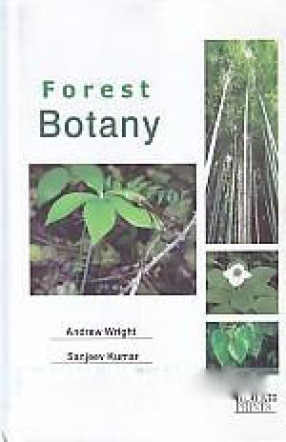


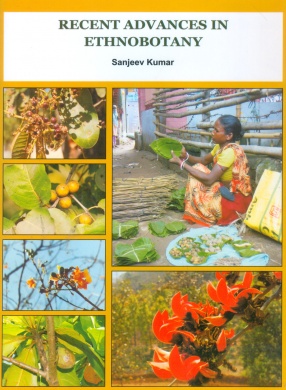

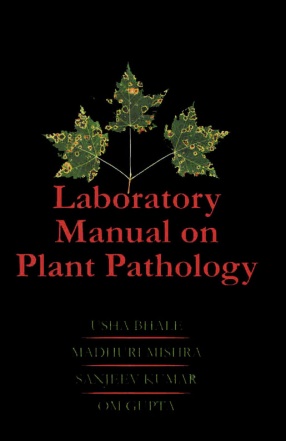
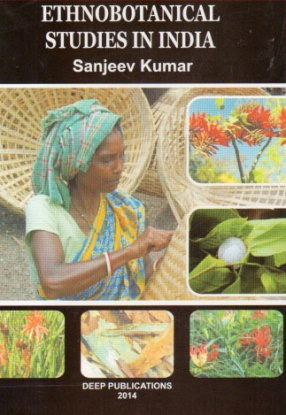
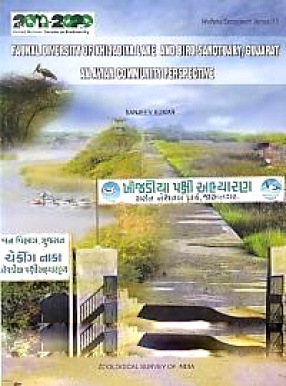


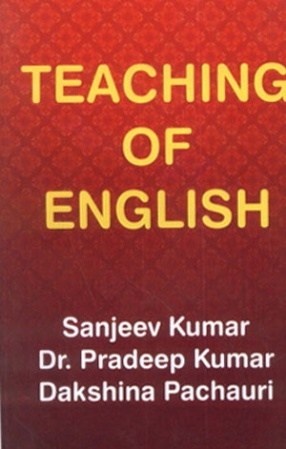
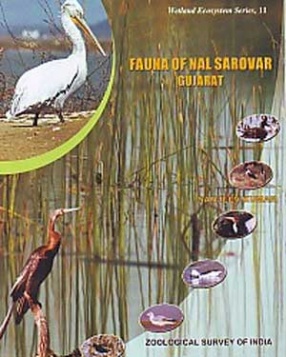
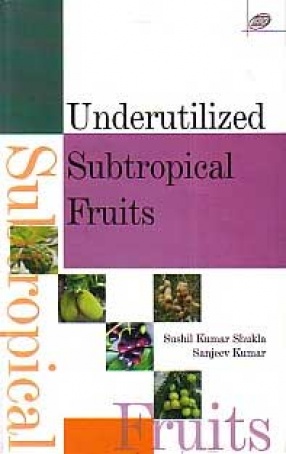

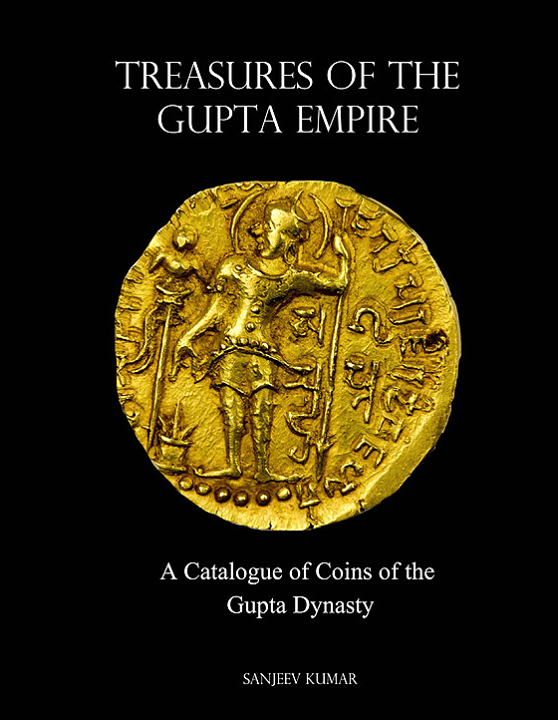
This book covers the history and the entire Coinage of the Gupta Dynasty from the start in 319 AD to it's end in 543 AD. It also includes the Coinage of the Later Guptas and the related dynasties of Bengal. The author has illustrated every coin variety in Gold, Copper and Lead as well as a complete range of all known Silver coins with dates struck by the Gupta kings. The classification is comprehensive and intuitive.
The book includes an excellent section on the ...
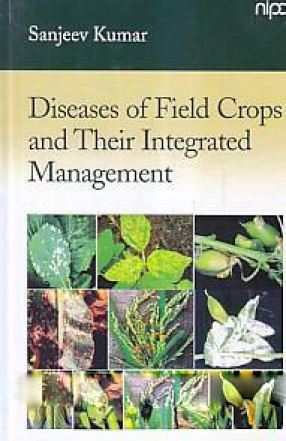




The present book is an attempt to provide relevant papers on ethnobotany from reputed and emerging ethnobotanists of India, Africa and the USA. Wide range of source materials and studies in various chapters give glimpses of cross-sectional picture of interactions between man and plants and also focus on the concepts, methodology and future direction of ethnobotanical study. Ethnobotanical studies contribute in cataloguing of biological diversity, which helps in ...
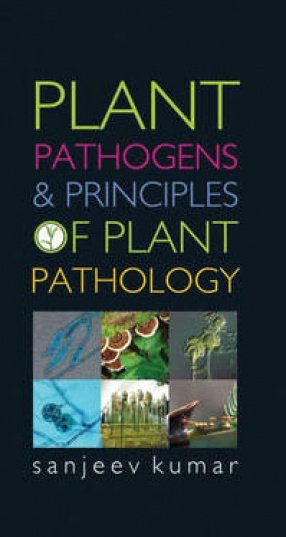
Introduction and Importance of Plant Pathology in Agriculture Plant Pathology-The Science History of Plant Pathology Important plant pathogenic organisms The Pathogens- Fungi Taxonomy and Nomenclature Classification of Fungi, Subdivision: Mastigomycotina Subdivision -Zygomycotina Subdivision: Ascomycotina, Subdivision -Basidimycotina Subdivition: Deuteromycotina Prokaryotes: Classification of Prokaryotes according to Bergey's Manual of Systematic Bacteriology The ...

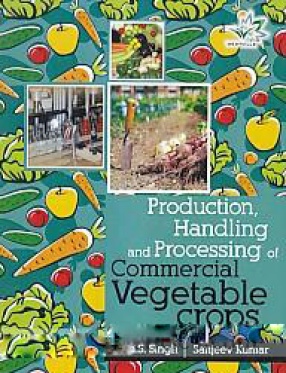


The father of modern plant pathology, Anton de bary (1831-1888) revealed first time that fungi are responsible for plant disease. Later in systematic studies, several biotic and abiotic factors have been identified that affect the normal physiological processes of plant at various critical stages. The study of living and nonliving plant pathogens has always been unique experience of exposure to the microbial world. Under standing of young student for deeper ...

Contents: 1. Diseases of fruit crops like mango, banana, grapes, citrus, guava, papaya, apple, custard apple, sapota. 2. Diseases of plantation crops like coconut, coffee, tea, betelvine. 3. Diseases of vegetable crops like potato, tomato, brinjal, chilli, bhendi, crucifers, cucurbits, onion and garlic, pea, beans, ginger. 4. Diseases of flower crops like rose, chrysanthemum, jasmine and crossanda. 5. Each chapter has further be divided into sub-heads such as ...

The book has been designed to cover topics on Ethnobotany from various parts of our country. The book reflects various aspects of ethnoforestry, ethnotaxonomy, ethnoecology, ethnosilviculture, ethnomedicine etc. Wide range of source materials and studies in various chapters give glimpses of cross-sectional picture of interactions between man and plants. These also focus on the concepts, methodology and future direction of ethnobotanical study. The book provides ...

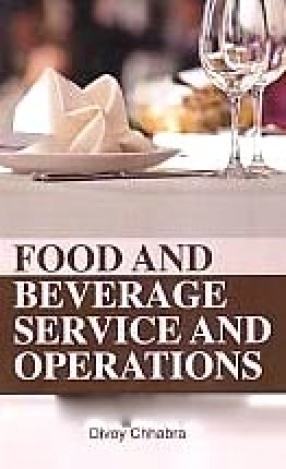


Most Chefs do not want to reveal the intrcacies of the dish though they may share with you some of the basic methods.
Well Things Change when India's celebrity chef Sanjeev Kapoor decides to share his The Yellow Chilli recipes in delightful way. These are precise and detailed recipes of the most popular dishes that are served ion numerous 'The Yellow Chilli' restaurants across India that can be easily replicated at home.
So are you ready for stylish meal at home, ...

Man is man through language alone language is the index of the stages of the development of a society. English is said to be the worlds most important language having communicative and educative values. English has a status of associate language and it is the most commonly spoken language in India. English acts as an indispensable link language in terms of ethnic and linguistic diversity found within the country.
The book in hand is an attempt to provide ...
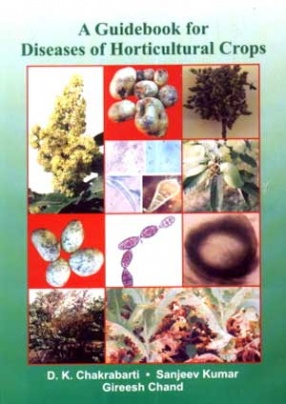
This book is meant to be used as class notes for the courses on diseases of horticultural crops. The book discusses the occurrence patterns, symptoms, epidemiology, management strategies and names of susceptible and resistant cultivars for the diseases.


India has emerged as a major stakeholder in the global horticulture scenario accounting for 10.9% of the world fruit production, with the total fruit production of 58.7 million tonnes from 5.5 million hectares. In view of the burgeoning population pressure, it is often not possible to get good piece of fertile land for cultivation of fruit crops, as it is used for other more important field crops, such as foodgrains, oilseeds and pulses. In the recent years, ...
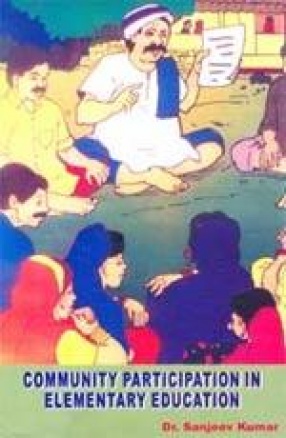
The present book provides a comprehensive work on Participation of Community in achieving the goal of Universal Elementary Education. The study seeks to answer the basic question of various aspects of community participation. It has also formulated the strategies to improve community participation at the Elementary level of Education. His other publications are Shiksha Ke Vaikalpic Ayam and Training Guide for Volunteers Instructors published by SCERT: Delhi and ...
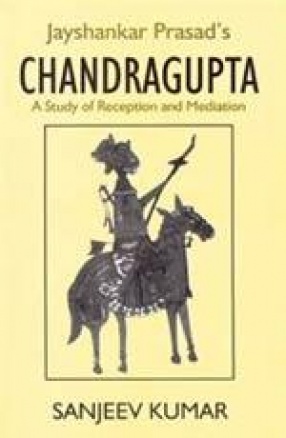
Ever since the publication of Chandragupta (1931), the twelfth play by Jayshankar Prasad (1889-1937), Hindi critics have found similarities between this play and the Bengali play with the same title, written by the poet-playwright Dwijendralal Roy (1863-1913). The Bengali play was extremely popular on the Bengali stage and was at the same time enghusiastically read in the contemporary Hindi literary circles. The question of affinity between the two plays or ...
